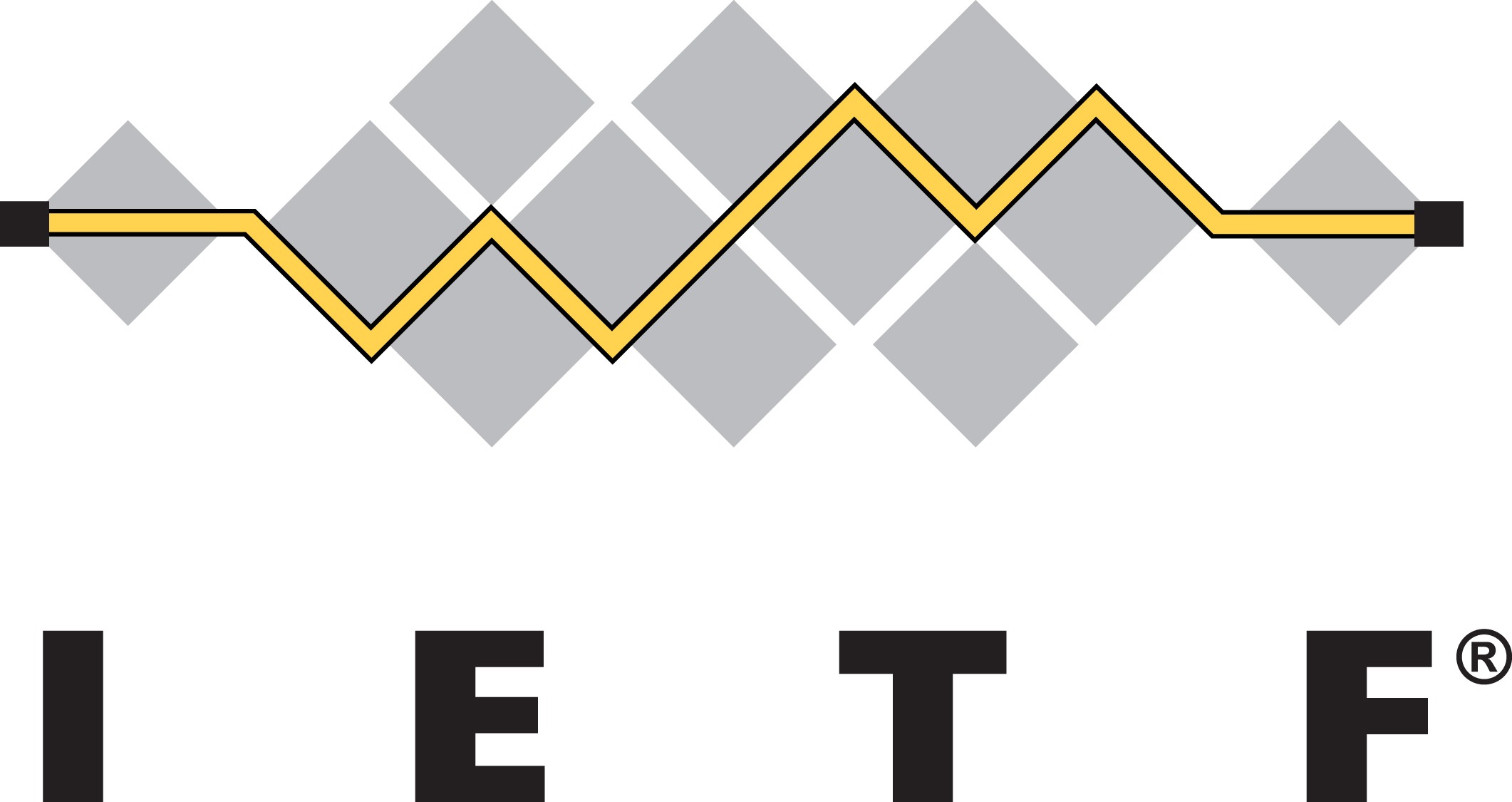Seguramente muchos conocen los RFCs, que son los documentos que definen los servicios y protocolos necesarios para que Internet funcione. Esos RFCs son acordados en el Internet Engineering Task Force (www.ietf.org), que es el grupo abierto donde cualquier persona puede participar, opinando y proponiendo nuevas cosas. El IETF piensa a corto y mediano plazo, es decir, los problemas que se presentan y se intentan resolver son los que hoy tenemos en Internet.
Además del IETF, existe un grupo que tiene objetivos de largo plazo: el IRTF, Internet Research Task Force (www.irtf.org). Una persona puede participar en todos los grupos que desee y es altamente recomendable para los profesores universitarios y futuros profesionales estar al tanto de lo que se está discutiendo en los grupos relacionados con su especialidad.
 La mayor parte del trabajo del IETF y del IRTF se hace en listas de correo que son abiertas, cualquiera puede participar. Todas las propuestas pueden ser discutidas libremente por cualquier persona en el mundo. Los documentos presentados tienen un nivel de revisión que pocos papers académicos consiguen.
La mayor parte del trabajo del IETF y del IRTF se hace en listas de correo que son abiertas, cualquiera puede participar. Todas las propuestas pueden ser discutidas libremente por cualquier persona en el mundo. Los documentos presentados tienen un nivel de revisión que pocos papers académicos consiguen.
Desde el inicio, las universidades han tenido un rol de liderazgo en el desarrollo de Internet. Incluso en la actualidad, muchas universidades siguen siendo parte del ecosistema de Internet nacional: administrando los nombres de dominio de su país, manteniendo infraestructura crítica como puntos de intercambio de tráfico y participando en las organizaciones de Gobernanza de Internet. En algunas regiones, las Universidades son activos actores en el IETF y en el IRTF. Lamentablemente no es el caso en América Latina. Aquí la participación en general es escasa y son muy pocos los académicos involucrados.
Puede ser causa o consecuencia de esa poca participación que los egresados de las universidades de nuestra región muchas veces desconocen tecnologías fundamentales de Internet (como DNS o BGP), o de arquitectura de la red (como intercambio de tráfico o distribución de contenido), o de negocios y Governanza de la red (como puede ser la administración de recursos o la propia definición de los estándares que usamos en Internet)
Por otro lado, las organizaciones responsables de esas funciones globales (como el IETF) reconocen que la representatividad actual en esos foros, considerando diversidad geográfica y cultural, no es apropiada. Muchas regiones del mundo, tienen escasa participación en las decisiones que se toman sobre el futuro de Internet y esas definiciones los afectarán.
Si Ud. es docente o investigador en temas relacionados con Internet y desea participar activamente en su evolución, puede suscribirse a las listas de correo de los grupos de trabajo del IETF e IRTF. En http://datatracker.ietf.org/wg/ encontrará la lista de grupos actuales y entrando a cada uno, verá los documentos que se están discutiendo. Antes de suscribirse es recomendable leer el “Charter” del grupo para entender cuales son sus objetivos. También le puede interesar la lista de correo [email protected] que es en español y busca simplificar la participación en el IETF para los Latino Americanos. Para conocer mas sobre el funcionamiento del IETF puede consultar este libro gratuito en español y portugués: http://cgi.br/media/docs/publicacoes/1/o-livro-do-ietf.pdf que está basado en el Tao del IETF.

